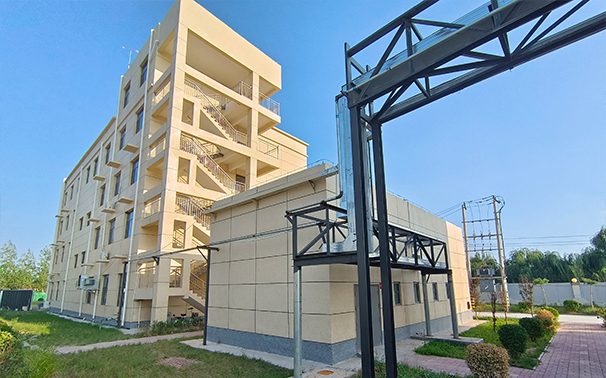Applications of Poly Aluminium Chloride in Water Treatment Processes
The Use of Poly Aluminium Chloride in Water Treatment
Water treatment is a critical process that ensures the safety and quality of drinking water. One of the key chemical agents used in this process is Poly Aluminium Chloride (PAC), a widely utilized coagulant in the treatment of various water sources. Its effectiveness, versatility, and efficiency make PAC a popular choice among water treatment facilities.
Poly Aluminium Chloride is a polymeric form of aluminium chloride. It is produced by the partial hydrolysis of aluminium chloride, resulting in a compound that contains aluminium ions and hydroxyl ions. PAC is soluble in water and has a high charge density, which enhances its coagulation properties. This high charge density means that PAC can neutralize the negative charges of suspended particles in water more effectively than traditional coagulants like aluminium sulfate.
The coagulation process is essential in water treatment as it helps to remove suspended solids, colloidal particles, and turbidity from water. When PAC is added to water, it forms microflocs by bridging between particles. These microflocs then agglomerate, creating larger flocs that can be easily separated from water through sedimentation or filtration. Consequently, the use of PAC improves the clarity and quality of treated water, significantly reducing the concentration of particulates.
One of the primary advantages of using PAC is its efficiency at different pH levels. Unlike some coagulants that work optimally only within narrow pH ranges, PAC functions effectively across a broader spectrum, making it suitable for various water conditions. This flexibility allows water treatment plants to adjust their processes based on the specific characteristics of the water being treated, leading to improved treatment outcomes.
use of poly aluminium chloride in water treatment

Another benefit of PAC is its reduced sludge production compared to traditional coagulants. The formation of less sludge makes for more efficient sludge management and disposal, which is a critical aspect of water treatment operations. With reduced sludge generation, facilities can save on operational costs and environmental impacts, making PAC a more sustainable option.
Moreover, PAC has advantages in terms of residual aluminium content in treated water. Traditional coagulants can leave significant amounts of aluminium in the treated water, raising concerns about potential health effects. However, PAC typically results in lower residual aluminium levels, which aligns better with health and safety regulations. This aspect is particularly important given the increasing scrutiny on chemical residues in drinking water.
Furthermore, PAC has been shown to be effective in treating a variety of water sources, including surface water, wastewater, and industrial effluents. Its versatility means that it can be used in multiple applications, from municipal water supply to specific industrial processes. This adaptability makes PAC an attractive option for treating diverse water quality challenges faced by different sectors.
In conclusion, the use of Poly Aluminium Chloride in water treatment processes has proven to be an indispensable tool in enhancing water quality. Its superior coagulation properties, operational flexibility, reduced sludge production, and lower residual aluminium levels highlight PAC as a preferred choice for water treatment facilities. As the demand for clean and safe drinking water continues to grow, the role of efficient chemical coagulants like PAC will undoubtedly become even more critical in safeguarding public health and the environment. By investing in advanced water treatment technologies that utilize PAC, communities can ensure they meet current and future water quality standards.
-
Understanding Polycarboxylic Acids: Properties, Applications, and Future PotentialNewsJul.28,2025
-
Scale Inhibitor Explained: How to Protect Your System from Limescale and Hard Water DamageNewsJul.28,2025
-
Scale and Corrosion Inhibitors: Essential Chemicals for Industrial Water System ProtectionNewsJul.28,2025
-
Polyaspartic Acid: A Biodegradable Polymer for Sustainable ChemistryNewsJul.28,2025
-
Isothiazolinones: A Versatile Antimicrobial Class with Industrial Power and Regulatory ChallengesNewsJul.28,2025
-
A Deep Dive into 2-Phosphonobutane-1,2,4-Tricarboxylic Acid (PBTC)NewsJul.28,2025





